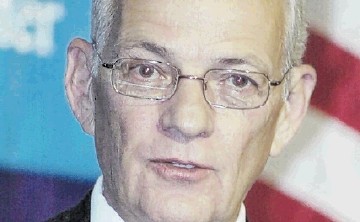
A consortium of environmentalists, energy companies and other interests frequently at odds over fossil-fuel development onshore US has created a certification programme they say will hold shale-drilling companies to higher performance standards.
Much as the Leadership in Energy and Environmental Design certification programme has become the gold standard for green buildings Stateside, the newly-created Centre for Sustainable Shale Development will seek to create a rigorous environmental seal of approval for companies developing the Marcellus Shale and other Appalachian formations.
Participants in the venture, formally announced last month in Pittsburgh, described a collaborative but contentious two-year process to find common ground on an issue that has dramatically reshaped the nation’s energy landscape but polarised some communities.
Former US treasury secretary, Paul H O’Neill, retired chairman and chief executive of Alcoa, will serve as the centre’s chairman.
O’Neill will be joined by Christie Whitman, the former New Jersey governor and onetime head of the US Environmental Protection Agency; Jared L Cohon, departing president of Carnegie Mellon University; and Jane CS Long, former associate director of energy and environment at the Lawrence Livermore National Laboratory.
Andrew Place will serve as the centre’s interim director until a permanent executive is hired. The shale centre will be based in Pittsburgh and have a budget of about $1million.
Companies seeking certification must adhere to 15 performance standards based on state-of-the-art methods to reduce air emissions and wastewater from drilling. An independent contractor will audit the companies.
The standards address recycling and discharges of wastewater, as well as disclosure of chemicals used in the hydraulic-fracturing process. The standards require producers to adopt closed-loop systems to contain drilling fluids and to eliminate the use of open pits.
The measures aim to reduce emissions by capturing vapours in drilling and transmission processes, and by curtailing the use of diesel generators to power drilling and fracturing equipment.
The US initiative could provide a model for Europe where the quest for shale resources is at least 10 years behind the US.